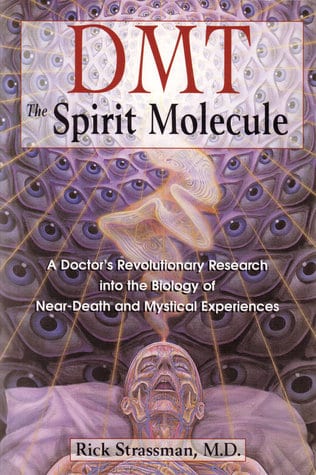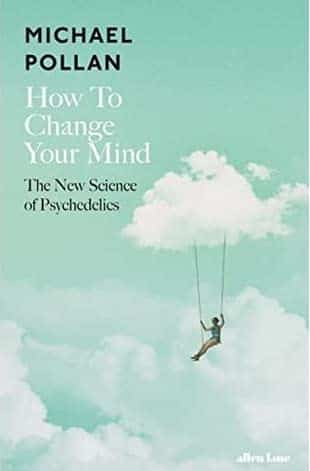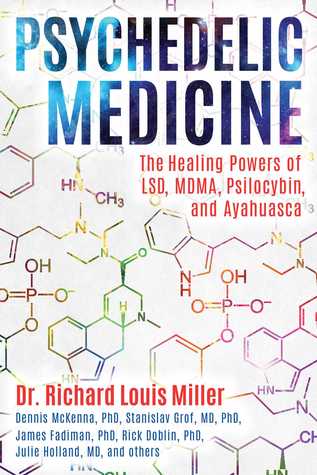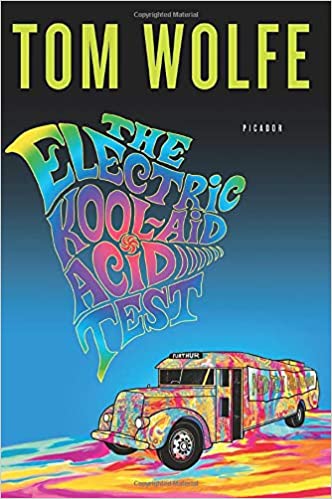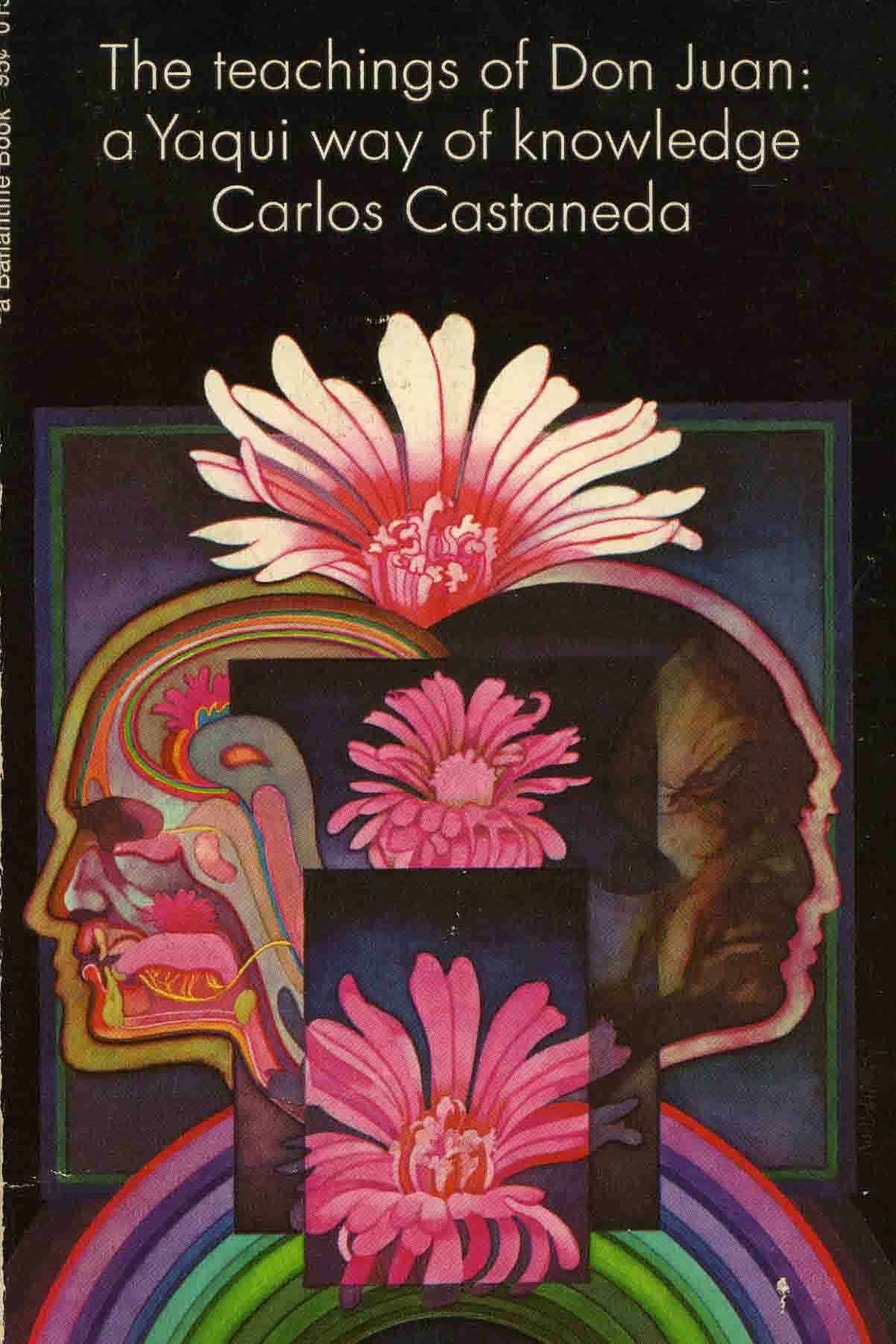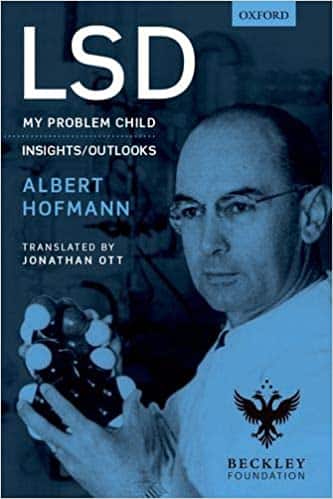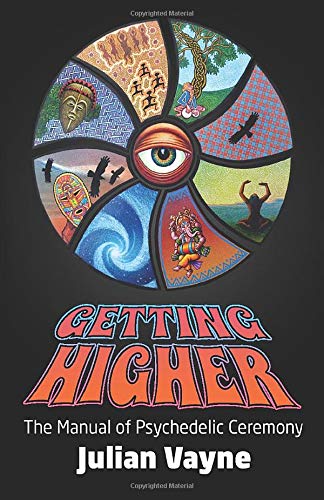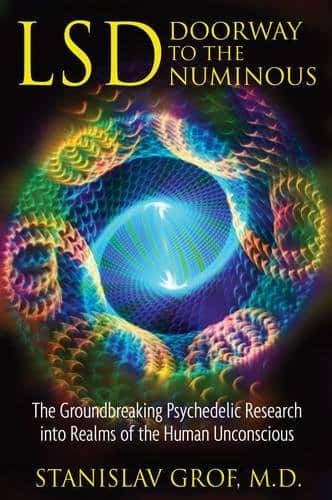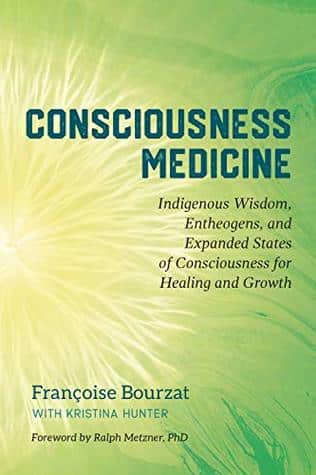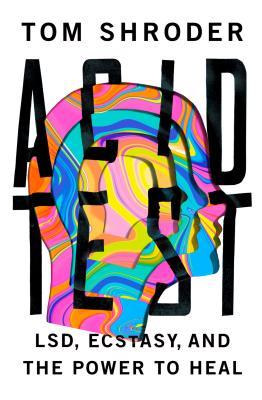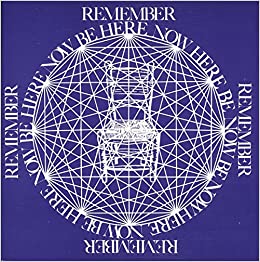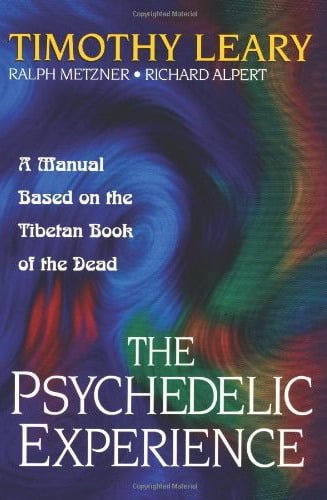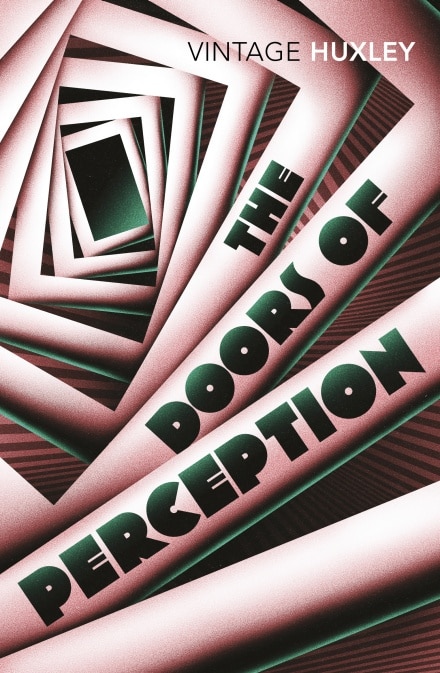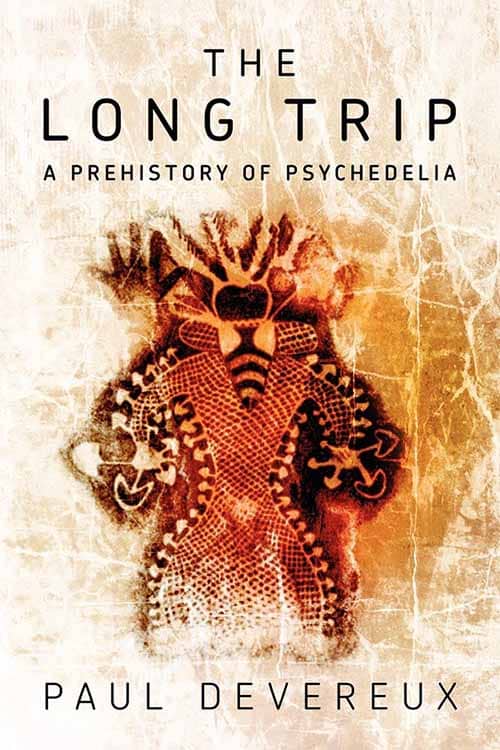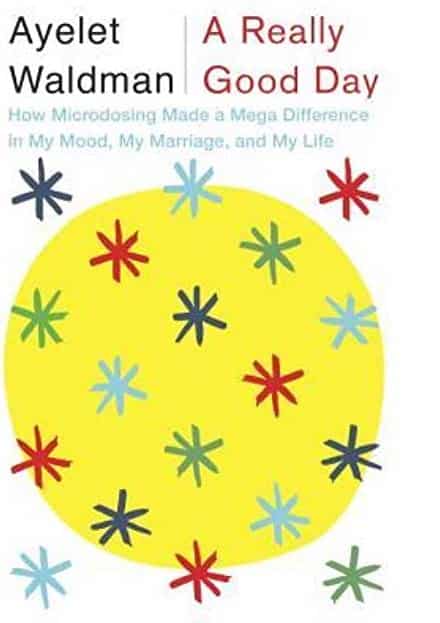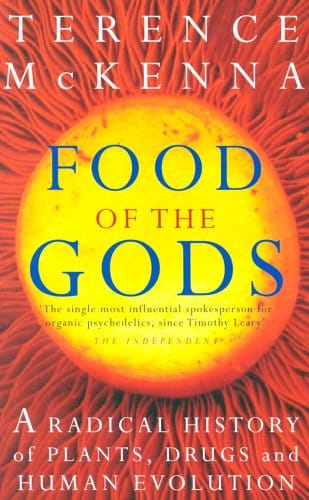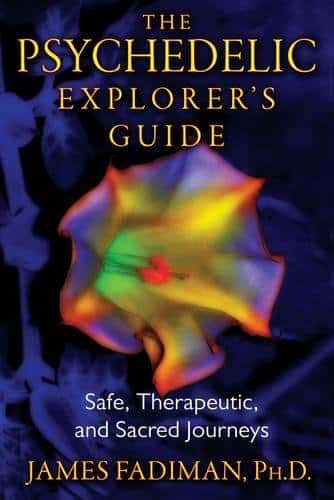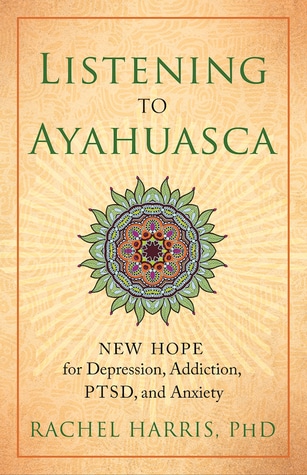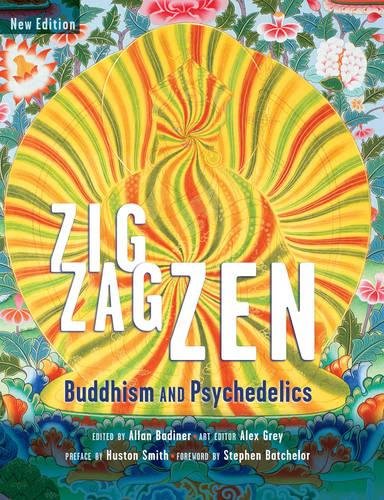Top 20 Psychedelic Books for 2021
While 2020 might feel like a really long, bad trip – the good news is, the Psychedelic Renaissance is still going strong, bringing the promise of legalized psychedelic medicines that will ease your anxiety and trauma. And, no matter how well-informed you are, there is always something more to learn!
Whether it’s doctors conducting research on patients with DMT to explore its therapeutic potential, journeys with shamans using entheogenic plants, or personal accounts of travels to indigenous communities to experience the transcendent, there is a psychedelic book for every avid reader. Here are our top 20 psychedelic books so far!
From 1990 to 1995 Dr. Rick Strassman conducted U.S. Government-approved and funded clinical research at the University of New Mexico in which he injected sixty volunteers with DMT, one of the most powerful psychedelics known. His detailed account of those sessions is an extraordinarily riveting inquiry into the nature of the human mind and the therapeutic potential of psychedelics.
Why we think it’s important
This book inspired one of the most popular psychedelic documentaries and is responsible for a large part of the modern psychedelic renaissance! A classic.
When Michael Pollan set out to research how LSD and psilocybin (the active ingredient in magic mushrooms) are being used to provide relief to people suffering from difficult-to-treat conditions such as depression, addiction and anxiety, he did not intend to write what is undoubtedly his most personal book. But upon discovering how these remarkable substances are improving the lives not only of the mentally ill but also of healthy people coming to grips with the challenges of everyday life, he decided to explore the landscape of the mind in the first person as well as the third. Thus began a singular adventure into various altered states of consciousness, along with a dive deep into both the latest brain science and the thriving underground community of psychedelic therapists.
Why we think it’s important
Despite Pollan’s less-than-enlightened views on fair access, this book has introduced legions of psychedelic-naive people to the world of psychedelic therapy. What Pollan lacks in self-awareness he makes up for in accessibility, offering a route for suspicious middle-class parents to think twice about psychedelic medicines.
Embracing the revival of psychedelic research and the discovery of new therapeutic uses, clinical psychologist Dr. Richard Louis Miller discusses what is happening today in psychedelic medicine – and what will happen in the future – with top researchers and thinkers in this field, including Rick Doblin, Stanislav Grof, James Fadiman, Julie Holland, Dennis McKenna, David Nichols, Charles Grob, Phil Wolfson, Michael and Annie Mithoefer, Roland Griffiths, Katherine MacLean, and Robert Whitaker.
Why we think it’s important
Not only is Richard Miller one of the founders of modern psychedelic research, he’s also a wonderfully warm human. This book covers the entire timeline of Western psychedelic science, and the potential future of plant medicine therapy.
To most, Ken Kesey is best known as the author of the celebrated novel One Flew Over the Cuckoo’s Nest. But for Tom Wolfe, Ken was the leader of the Merry Pranksters, a band of counter-culture bohemians who traveled cross-country in a far-out, brightly painted school bus they dubbed Furthur. The Pranksters were known for drug-fueled escapades, none more famous than the so-called “Acid Test,” wherein a party full of people would take LSD in an effort to escape the banality of reality and connect on a higher, subconscious plane. As Wolfe follows the group down their nonconformist rabbit hole, he’s led on a wild trip through the backwaters of the 1960s, encountering the era’s living legends – from The Grateful Dead to Allen Ginsberg – along the way.
Why we think it’s important
Not only is this classic psychedelic literature; it’s also an unmissable slice of American culture during the transition from Beatnik hipsters to psychedelic hippies.
The Teachings of Don Juan: A Yaqui Way of Knowledge describes the effects of three hallucinogenic drugs taken by a graduate student under the supervision of a Yaqui Indian shaman, first as a narrative of the experiences and then as a systematic, scholarly analysis.
Seeking information about peyote, Carlos Castaneda meets an expert Yaqui shaman, Don Juan Matus. After a year of growing friendship and a test that shows he has the backbone to meet "Mescalito," the anthropomorphism of the hallucinations caused by ingesting peyote buttons, face-to-face – Castaneda begins a "long and arduous" apprenticeship.
Why we think it’s important
A crucial indigenous perspective amidst this collection of mostly Western white male authors…
This is the story of LSD told by a concerned yet hopeful father, organic chemist Albert Hofmann. He traces LSD's path from a promising psychiatric research medicine to a recreational drug sparking hysteria and prohibition. We follow Dr. Hofmann's trek across Mexico to discover sacred plants related to LSD, and listen in as he corresponds with other notable figures about his remarkable discovery. Underlying it all is Dr. Hofmann's powerful conclusion that mystical experience may be our planet's best hope for survival.
Why we think it’s important
The memoirs of the discoverer of LSD and the first person to ever experience an LSD trip: need we say more?
Occultist and practitioner of magick Julian Vayne has created this guide on crafting a psychedelic ceremony with a specific intention, with a heavy preference for the ritualistic or esoteric. From ketamine mummies to mushroom cults, Getting Higher gives you many examples of ceremonies, chants and rituals that you can use to craft your own perfect psychedelic gateway.
Why we think it’s important
We often find ourselves lost when it comes to psychedelic ritual in the West; having to cobble together bits and pieces of other peoples’ cultures, often clumsily and ineffectively. Occultist Julian Vayne offers a guidebook to building your own psychedelic ceremony from scratch, without having to worry about stealing someone else’s heritage.
Stanislav Grof’s first 17 years of research into non-ordinary states of consciousness induced by LSD and other psychedelics led to a revolutionary understanding of the human psyche. His research was the impetus behind a vastly expanded cartography of the unconscious, including two new realms still unacknowledged by official academic circles: the perinatal domain, which holds memories of the various stages of birth; and the transpersonal domain, which mediates experiential identification with other species and mythic figures, visits to archetypal realms, access to past life memories, and union with the cosmic creative principle.
Why we think it’s important
Grof is one of the most influential figures in the psychedelic world when it comes to the deep interpretation of mystical experiences. This cross-disciplinary text can’t be missed.
This mesmerizing, surreal account of the bizarre adventures of Terence McKenna, his brother Dennis, and a small band of their friends, is a wild ride of exotic experience and scientific inquiry. Exploring the Amazon Basin in search of mythical shamanic hallucinogens, they encounter a host of unusual characters – including a mushroom, a flying saucer, pirate Mantids from outer space, an appearance by James and Nora Joyce in the guise of poultry, and translinguistic matter – and discover the missing link in the development of human consciousness and language.
Why we think it’s important
Something of a controversial figure, Terrence McKenna has unquestionably helped to bring magic mushrooms into the mainstream consciousness unlike any other.
Françoise Bourzat — a counselor and experienced guide with sanctioned training in the Mazatec and other indigenous traditions — and healer Kristina Hunter introduce a holistic model focusing on the threefold process of preparation, journey, and integration. Drawing from more than thirty years of experience, Bourzat’s skillful and heartfelt approach presents the therapeutic application of expanded states, without divorcing them from their traditional contexts. Consciousness Medicine delivers a coherent map for navigating psychedelic states of consciousness, offering an invaluable contribution to the field of healing and transformation.
Why we think it’s important
Drawing together indigenous and Western wisdom, this is a crucial guide to making the most of the healing power of psychedelics, without discounting any unfamiliar forms of knowledge.
This book explores promising alternative therapies for trauma survivors who have difficulty with traditional treatment approaches. Standard psychological treatments that are often used to treat PTSD, including cognitive behavioral therapy and prolonged exposure therapy, involve revisiting past traumas, which can cause intense anxiety for clients and often leads to treatment dropout.
Tom Shroder draws from his professional expertise as a trauma therapist, and from his personal experiences as a military veteran seeking effective, accessible methods of treating his own PTSD. He summarizes what is known — as well as what is still unknown or unproven — along with other strengths and limitations of various nontraditional approaches, including mindfulness meditation, yoga, acupuncture, animal- and nature-assisted therapies, emotional freedom techniques, and MDMA-assisted psychotherapy.
Why we think it’s important
A very focussed look at the deep need for healing our society has, and the way that psychedelics could offer it.
In March 1961, Professor Richard Alpert – later renamed Ram Dass – held appointments in four departments at Harvard University. He published books, drove a Mercedes and regularly vacationed in the Caribbean. By most societal standards, he had achieved great success... And yet he couldn’t escape the feeling that something was missing.
Psilocybin and LSD changed that. During a period of experimentation, Alpert peeled away each layer of his identity, disassociating from himself as a professor, a social cosmopolite, and lastly, as a physical being. Fear turned into exaltation upon the realization that at his truest, he was just his inner-self: a luminous being that he could trust indefinitely and love infinitely.
Why we think it’s important
Be Here Now is Alpert’s first book after his transformation into Ram Dass. It is filled with beautiful imagery, mantras, poems, and illustrations. Rich with meaning and humor, it’s the perfect companion for a tripping person looking for an encounter with the divine.
This manual uses material from The Tibetan Book of the Dead for this preparation. The authors also make an important contribution to the interpretation of The Tibetan Book of the Dead. They show that it is concerned not with the dead, but with the living. The last section of the manual provides instructions for an actual psychedelic session, under adequate safeguards.
The authors were engaged in a program of experiments with LSD and other psychedelic drugs at Harvard University until sensational national publicity unfairly concentrating on student interest in the drugs, led to the suspension of the experiments. Since then, the authors have continued their work without academic auspices
Why we think it’s important
Perhaps the most influential book of the psychedelic renaissance, these three powerful figures chart out the first steps of the counterculture movement.
The critically acclaimed novelist and social critic Aldous Huxley, describes his personal experimentation with the drug mescaline and explores the nature of visionary experience. The title of this classic comes from William Blake's The Marriage of Heaven and Hell: "If the doors of perception were cleansed every thing would appear to man as it is, infinite. For man has closed himself up, till he sees all things through narrow chinks of his cavern."
Why we think it’s important
It’s mesmerizing to read a firsthand account of the psychedelic experience from such a well-educated and influential literary figure – as he gradually realizes how little he really knows, and how much more humanity has left to grow.
Using a slew of disciplines – including archaeology, anthropology, linguistics, ethnobotany, biology and other fields – The Long Trip strips bare the evidence for the psychedelic experiences of various prehistoric societies and ancient, traditional cultures. It is probably the most comprehensive single volume to look at the use of mind-altering drugs, or entheogens, for ritual and shamanistic purposes throughout humanity's long story, while casting withering sidelong glances at our own times. The Long Trip is a fascinating study of an influential yet still under-explored experience, and is revelatory in its findings, invaluable in its research, and important in its attempts to address many deep questions confronting our culture.
Why we think it’s important
If you haven’t explored it yet, the prehistory of psychedelics is extensive and surprising. This is the perfect place to start.
When a small vial arrives in her mailbox from "Lewis Carroll," Ayelet Waldman is ready to try anything. Her depression has become intolerable, severe and unmanageable; medication has failed to make a difference. Married with four children and a robust career, she "should" be happy, but instead her family and her work are suffering at the mercy of her mood disorder. So she opens the vial, places two drops on her tongue, and becomes part of a burgeoning underground group of scientists and civilians successfully using therapeutic microdoses of LSD. As Waldman charts her experience over the course of a month, during which she achieved a newfound feeling of serenity, she also explores the history and mythology of LSD, the cutting-edge research into the drug, and the byzantine policies that control it. Drawing on her experience as a federal public defender, and as the mother of teenagers, and her research into the therapeutic value of psychedelics, Waldman has produced a book that is candid, revealing and completely enthralling.
Why we think it’s important
This is another one of those “let’s get Grandma onboard” psychedelic books, that show sheltered or psychedelic-naive people the healing power of even tiny quantities of psychedelics.
Terence McKenna hypothesizes that as the North African jungles receded, giving way to savannas and grasslands near the end of the most recent ice age, a branch of our arboreal primate ancestors left the forest canopy and began living in the open areas beyond. There they experimented with new varieties of foods as they adapted, physically and mentally, to the environment. Among the new foods found in this environment were psilocybin-containing mushrooms growing on the dung of ungulate herds occupying the savannas and grasslands.
Referencing the research of Roland L. Fisher, McKenna claims the enhancement of visual acuity was an effect of psilocybin at low doses and suggests this would confer adaptive advantage. He argues that the effects of slightly larger doses, including sexual arousal, and in larger doses, ecstatic hallucinations & glossolalia - gave selective evolutionary advantages to members of those tribes who partook of it. There were many changes caused by the introduction of this psychoactive to primate diets. He hypothesizes, for instance, that synesthesia (the blurring of sensory boundaries) caused by psilocybin led to the development of spoken language: the ability to form pictures in another person's mind through the use of vocal sounds.
Why we think it’s important
Somewhat speculative and certainly contested in parts, McKenna’s “Stoned Ape” hypothesis has had a remarkable effect on psychedelic culture. Here’s where it all began.
Called “America’s wisest and most respected authority on psychedelics and their use,” James Fadiman has been involved with psychedelic research since the 1960s. In this guide to the immediate and long-term effects of psychedelic use for spiritual (high dose), therapeutic (moderate dose), and problem-solving (low dose and microdose) purposes, Fadiman outlines best practices for safe, sacred entheogenic voyages learned through his more than 40 years of experience – from the benefits of having a sensitive guide during a session (and how to be one) to the importance of the setting and pre-session intention.
Why we think it’s important
James Fadiman, often described as the founder of modern microdosing, has curated this excellent guide to many aspects of psychedelic usage.
Used for thousands of years by indigenous tribes of the Amazon rainforest, the mystical brew ayahuasca is now becoming increasingly popular in the West. Psychologist Rachel Harris here shares her own healing experiences and draws on her original research (the largest study of ayahuasca use in North America) into the powerful medicine’s effects on depression, addiction, PTSD, and anxiety. In this wide-ranging and personal exploration, Harris details ayahuasca’s risks and benefits, helping readers clarify their intentions and giving psychotherapists a template for transformative care and healing.
Why we think it’s important
It’s something Westerners often struggle with after having a psychedelic experience: how can science explain the meaning of this mystical experience? Here is a firsthand account of an ayahuasca researcher being given a direct message from the plant medicine itself – and how she manages to incorporate that into her research.
More than ever, people are in pursuit of greater fulfillment in their lives, seeking a deeper spiritual truth and strategies for liberation from suffering. Both Buddhism and psychedelics are subjects that one encounters in such spiritual pursuit. Edited by Tricycle contributing editor Allan Badiner and art edited by renowned visionary artist Alex Grey, Zig Zag Zen features a foreword by Buddhist scholar Stephen Batchelor, a preface by historian of religion Huston Smith and numerous essays, interviews, and art that lie outside the scope of mainstream anthologies. This new edition of the classic work on Buddhism and psychedelics includes a recent interview with Rick Doblin, founder of MAPS, contributions from Ralph Metzner, James Fadiman and Kokyo Henkel, and a discussion of ayahuasca’s unique influence on Zen Buddhism. Packed with enlightening entries offering eye-opening insights into alternate methods of inner exploration.
Why we think it’s important
The overlap between psychedelics and Buddhism is vast and sometimes contentious – but it’s never been approached in such a visual, understandable, and open way before.
Read On!
Reading about the research and science behind psychedelics, as well as other people’s personal accounts of their journeys, is a great way to learn about the vast world of psychedelics and entheogenic plants. It’s a fascinating, mind-expanding and wildly interesting and entertaining topic to explore. Some of these books are more scientific and research based, while others are more of a shamanic tale, or an autobiographical account of personal experiences with psychedelics. Whether you’re seeking a mystical story or a piece of scientific literature, learning about the enchanting world of psychedelics will help you more deeply understand these plants and substances, and what they may have to offer humanity for healing and evolution.

